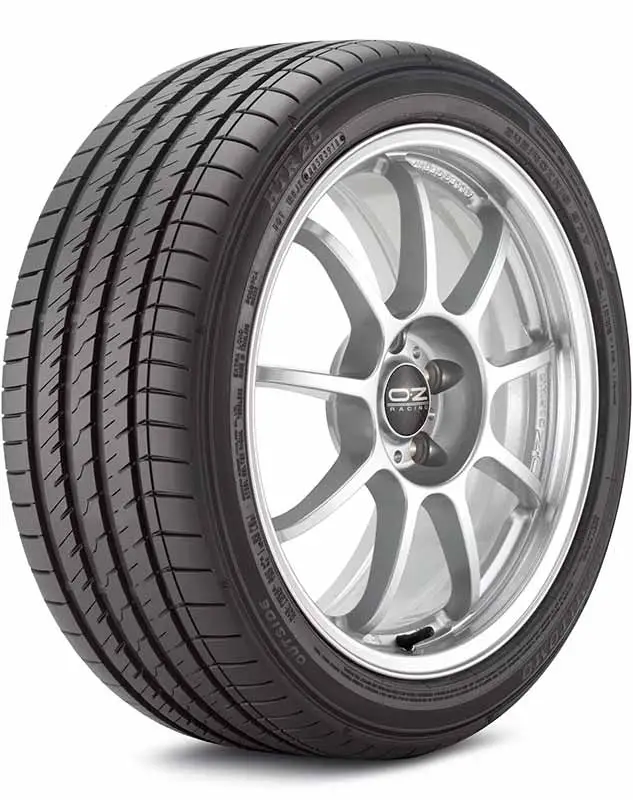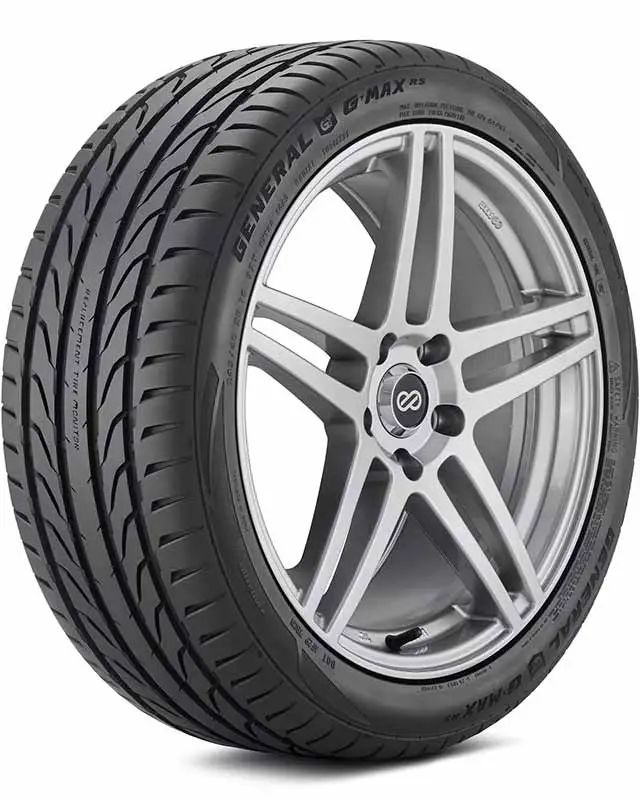Tire noise is not uncommon, but a repetitive womping sound coming from your tires as they spin shouldn’t be ignored. This type of noise is not normal and is a sign of a serious problem.
Womp Womp Tire Noise
A rhythmic womp noise coming from your car tires is commonly some sort of tire damage.
Some common types of damage that can cause this sound are objects embedded into the tire or tire belt separation and sidewall bulges due to potholes or curb strikes.
The potential causes of this problem are capable of reducing traction or even causing a catastrophic blowout. The solution will most likely be new tires, but that isn’t always the case.
Let’s take a closer look.
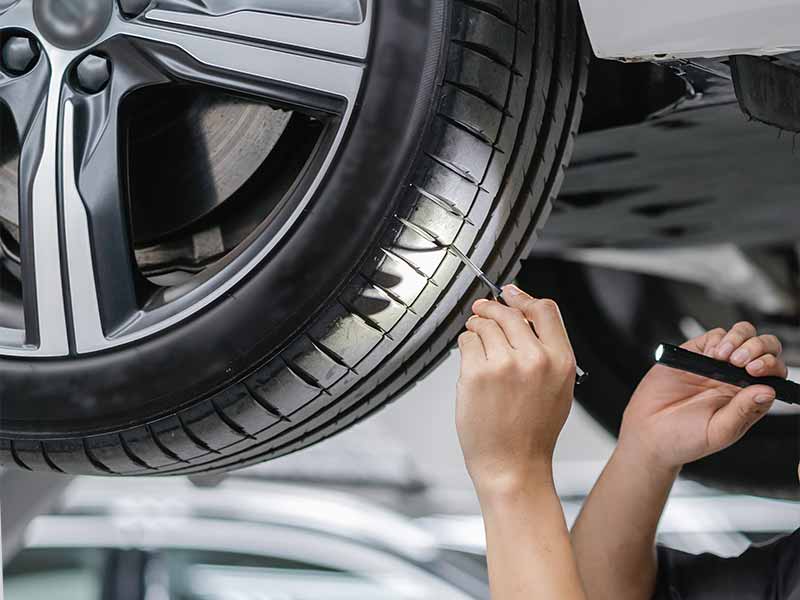
Tire Noise At Low Speed
A womp womp tire noise at low speed is a common sign of some sort of tire damage. Often the noise coming from the area of the tires is a problem with the tire, but sometimes it’s actually not the tire that is the problem.
There are many potential types of damage that can cause this type of sound. Let’s cover each one in detail.
Stone Trapping
Stone trapping is when a rock gets trapped between tread blocks and stays wedged as the tire continues rolling down the road. Tiny stones are likely trapped in your tread pattern right now but aren’t making any noticeable sounds. Larger rocks or even objects other than rocks can get wedged in between tread blocks and these objects can make noise as you drive.
Often, these larger rocks and objects will get flung out when you accelerate to higher speeds, but sometimes they are more stubborn and can continue to stay wedged and make a rhythmic sound coming from your tires.
The good news with this cause of tire noise is that the tires aren’t damaged in any way and you can simply pry the object out from between the tire treads.

Foreign Object Damage
Probably the most common cause of a womp womp tire noise is a foreign object that has punctured your tire and is embedded in the tire itself. This is especially true if the noise began suddenly.
Often when tires are punctured, the object that punctures the tire remains embedded in the tire and will make noise as it comes into contact with the road as the tire spins. It’s often a bit more noticeable at low speed if the sound it makes is on the quiet side. Larger objects will make louder noise and will be more noticeable at high speeds.
Screws and nails are common causes of punctures that don’t immediately cause a flat tire. But I’ve seen many surprising objects stuck in tires that manage to stay stuck in the tire and don’t leak air fast enough to cause a flat quickly.
Screwdrivers, large bolts, even a 10mm socket once. Usually, objects that are pointy and metal are what you’ll find in tires but you can be surprised at the types of things that can end up managing to get stuck into your tire.
Sometimes the larger punctures can be patched but often an object that is large enough to cause a rhythmic womping sound will have caused enough damage to make replacing your tire necessary.
You shouldn’t continue to drive on tires with a puncture if it can be avoided. The object that has caused the puncture could come out and cause the tire to rapidly lose air and you to lose control.
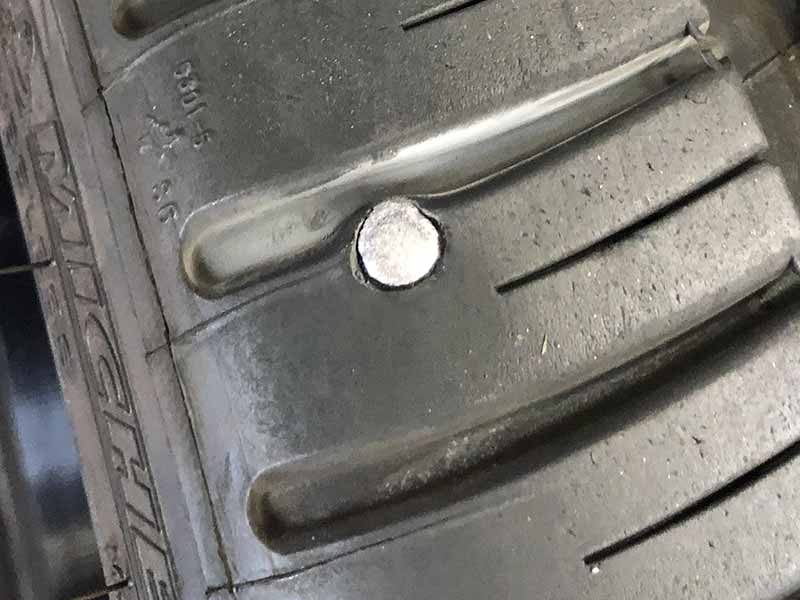
Broken Or Separated Tire Belts
Belts within the construction of a tire provide structure and strength to the tire itself. If a belt breaks or separates, the shape of the tire can change and cause noise as the tires spin when you’re driving down the road.
When belts separate or break the tire will either come slightly out of round or it can have bulges. These defects are very dangerous in addition to the annoying sound. Damaged tires are at risk of failure and tires that are out of round in any way are less capable of maintaining proper traction.
Potholes and curb strikes are common causes of belt separation or a broken tire belt. The damage may not be immediately noticeable or make take some additional wear and tear to cause it to appear, but usually, the damage is immediate.
Sidewall Bulge
Bulges in the sidewall of your tire are essentially a belt separation or broken tire belt that is more easily identified by a prominent bulge on the tire sidewall.
Sidewall bulges are the most noticeable type of damage to the structure of your tire. They’re easily spotted with a visual inspection since the damage is usually on the outer sidewall and doesn’t require placing the vehicle on a lift to find.
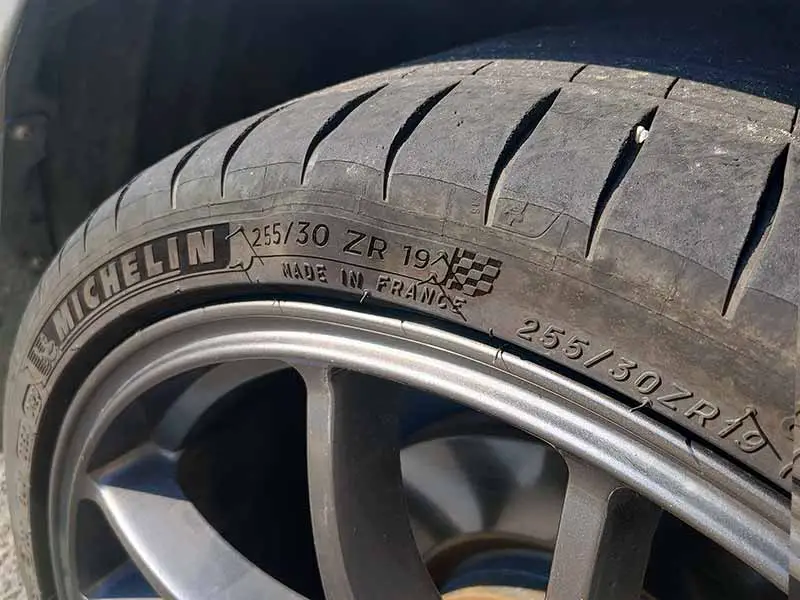
Bent Wheel
Damaged rims can cause noise when they are damaged enough to cause them to lose their round shape. It can be a subtle bend in the barrel of the wheel or a substantial dent in the outer rim portion.
The damage to the rim can be easily spotted when it’s on the outer edge, but significant damage to the inner lip can go unnoticed unless felt through the steering wheel if it’s on a front wheel.
Bent wheels can make sounds similar to a tire belt separation if the damage is more extreme, but minor bends typically don’t make noise.
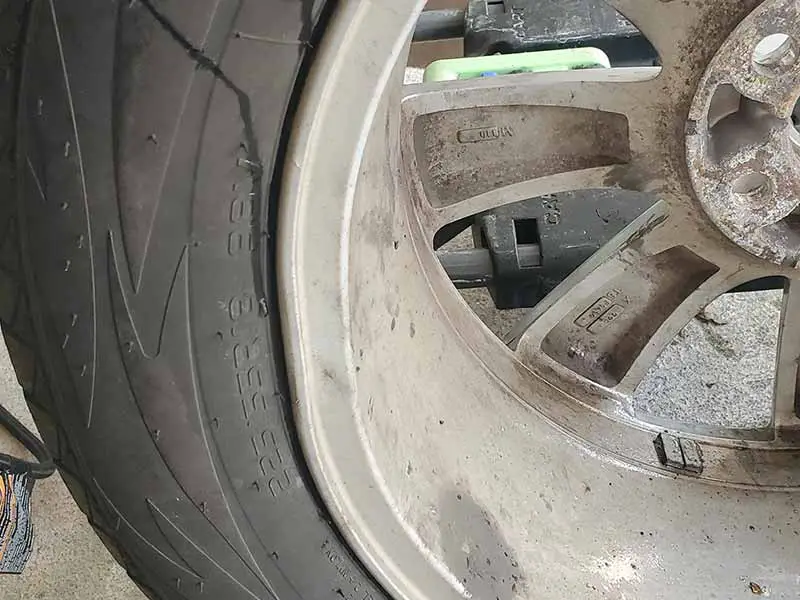
Unbalanced Tires
When your tires are out of balance they can bounce slightly as you drive down the road. The bouncing can make a womp noise if it is severe enough.
Tire balance problems can be caused by tire wear over time causing the tire to fall out of balance, although this will likely not be enough to cause a significant rhythmic womp noise.
Tires that are out of balance enough to make this loud of a noise that is repetitive are likely going to be due to the loss of a wheel weight or significant damage to the wheel itself that causes a balance issue.
We recommend rebalancing your tires every 10,000 miles to take care of minor balance problems that build up over time, but they can help identify lose wheel weights or wheel damage that may have gone unnoticed until the problem becomes more severe.
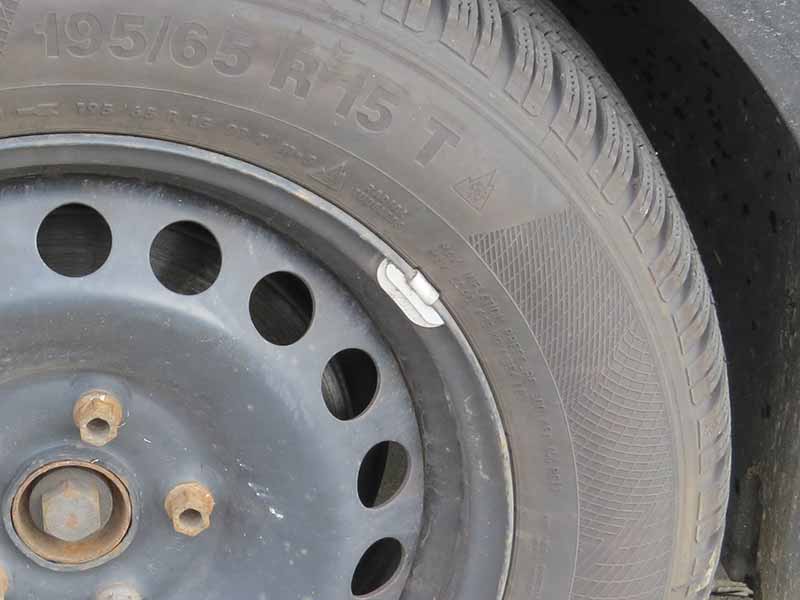
Other Sources Of Tire Noises
There are many common sources of tire noise, but these sources of tire sounds aren’t likely to cause a womp womp tire noise. The noises coming from tires due to these issues will be more of roaring road noise or humming noise.
Uneven Tire Wear
Uneven tire wear usually won’t cause a womping tire noise. Uneven wear will more likely cause a humming noise or a louder road noise roar.
A womp womp sound is the result of a single defect somewhere around the circumference of your tire or wheel. While uneven wear is much more common problem drivers deal with, it isn’t likely to be the cause of this type of sound.
Wheel Bearings
Wheel bearings can sometimes be confused for noisy tires. Like unevenly worn tires, wheel bearings tend to make a humming noise.
Wheel bearings making noise are a sign of a serious problem that should be addressed immediately. If you think your wheel bearing is the source of noises coming from the area of a tire, please get it inspected by a professional immediately.
Improper Tire Inflation
Significantly under-inflated tires can make some unusual sounds that can get your attention, but the noise won’t be rhythmic. Under-inflated tires will likely sound more like your car’s tires are flat or a loud roar.
You should keep an eye on your tire pressures beyond relying on your tire pressure monitoring system. TPMS is designed to alert you when the air pressure in your tires drops to 25% lower than recommended or more.
To ensure the evenest wear and longest tire life, you should check the pressure in your tires yourself every month or so.
Worn Suspension Parts
Worn suspension components can begin to lose their ability to control wheel and tire movements and various noises can be a result.
Worn ball joints, shock absorbers, and damaged control arms can lead to tire wear problems and noises, but these sounds are not usually the type that would be described as a womp noise.
Resources
Below are some links you may find helpful when learning about tires
- The causes of broken belts in tires – RNR Tire Express
- Bent rims and unbalanced tires – Discount Tire
Final Thoughts
Common causes of a womp noise are:
- Stone Trapping
- Foreign Object Damage
- Broken or Separated Belts
- A Bent Wheel
- Unbalanced Tires
Stone trapping is easy to find and fix, but it’s a much rarer cause of this type of noise. The other causes are more likely, unfortunately. No matter the issue, it needs to be addressed as soon as possible.
The most common source of broken belts, bent rims, and unbalanced tires are potholes and curb strikes. Punctures from objects that get stuck in your tires are harder to avoid and happen from time to time.
Additionally, you need to ensure you’re properly maintaining your tires by:
- Ensuring your tires are properly inflated regularly
- Check tread wear monthly
- Have your tires rotated every 5,000
- Wheels and tires are rebalanced every 10,000 miles
- A wheel alignment is performed every 10,000 miles
Good luck and happy motoring.



